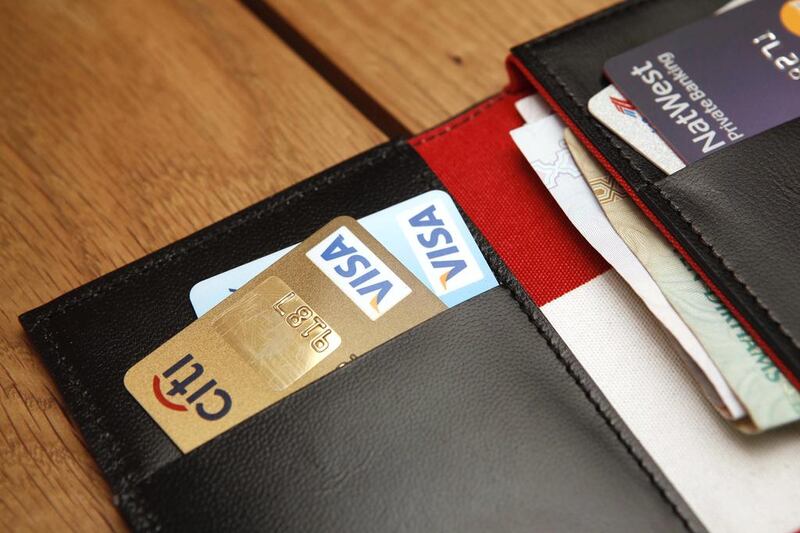According to the UAE Central Bank, at the end of the third quarter of this year, total loans to UAE residents amounted to over Dh330 billion. This is a 7.5 per cent jump from last year. As UAE residents continue to take on more loans and credit cards, do they know how to get out of debt as easily as accrue it?
For those with multiple debts, the key to becoming debt-free faster is to prioritise and understand what needs to be paid off first. A methodical approach to debt settlement can rid you of the anxiety and save you precious time and money in the long run. Here, the team from the price comparison site Souqalmal.com, takes a look at some of the most popular methods that can help you pay off your debts faster:
• Debt Stacking – prioritise repayment based on interest cost
Using the debt stacking method, you will not only systematically pay off your loans faster but also in the most cost-efficient way, since it will help you reduce your total interest payment towards your debt obligations.
First rank your loan and credit card debts on the basis of interest rate. Arranging them in a descending order, you will rank the debt with the highest interest rate at the top. The idea is to prioritise paying off the most expensive debt first and fastest, and then move on to the next one on the list.
But make sure that you keep paying the standard instalments on time towards the other loans, and use only your savings to settle the top-ranking liability early. If you miss your regular payments on any loan you will only accrue late payment charges.
After you’ve settled the first loan, continue saving in a disciplined manner, and use the amount you were paying towards your first loan, to now pay off the next one on your list.
What to keep in mind: Cost savings aside, if the first loan on your list also happens to be the one with the highest outstanding amount, you could be toiling away trying to repay it but not reach your goal anytime soon. This can be demotivating in the short run, especially if you're using your savings every month to settle the loan and not see it improve your financial situation.
• Debt Snowball - pay off the smallest debt first
This method stems from another theory which many personal finance experts consider as a good alternative to debt stacking.
Here, you rank all your loans and credit cards debt on the basis of outstanding balance. This ranking will be done in an ascending order, so the loan with the smallest outstanding amount will be ranked at the top. Your goal will be to clear the smallest debt fastest and thus check it off your list.
As seen in the debt stacking method, you will continue to pay the required regular instalments on the loans and minimum payments on the credit cards. Once that’s taken care of, you can use the savings left over towards repaying the smallest debt in full.
While it may not be the most cost-efficient way of settling your debts, it definitely gives you a feeling of achievement and motivation which provides a much-needed psychological boost to borrowers drowning under a pool of debt.
What to keep in mind: The debt snowball method is not as cost-effective as debt stacking. The smallest loan could also be the one with the lowest interest or profit rate. While the loan with the highest outstanding balance that you intend to pay off later, could end up costing you significantly more in terms of interest payments.
Before you commit to taking on any new debt, make sure you do the research and compare all the options available in the market. Souqalmal.com helps you make smarter personal finance decisions and allows you to compare over 80 personal loans, 70 home loans, 72 car loans and 230 credit cards.






